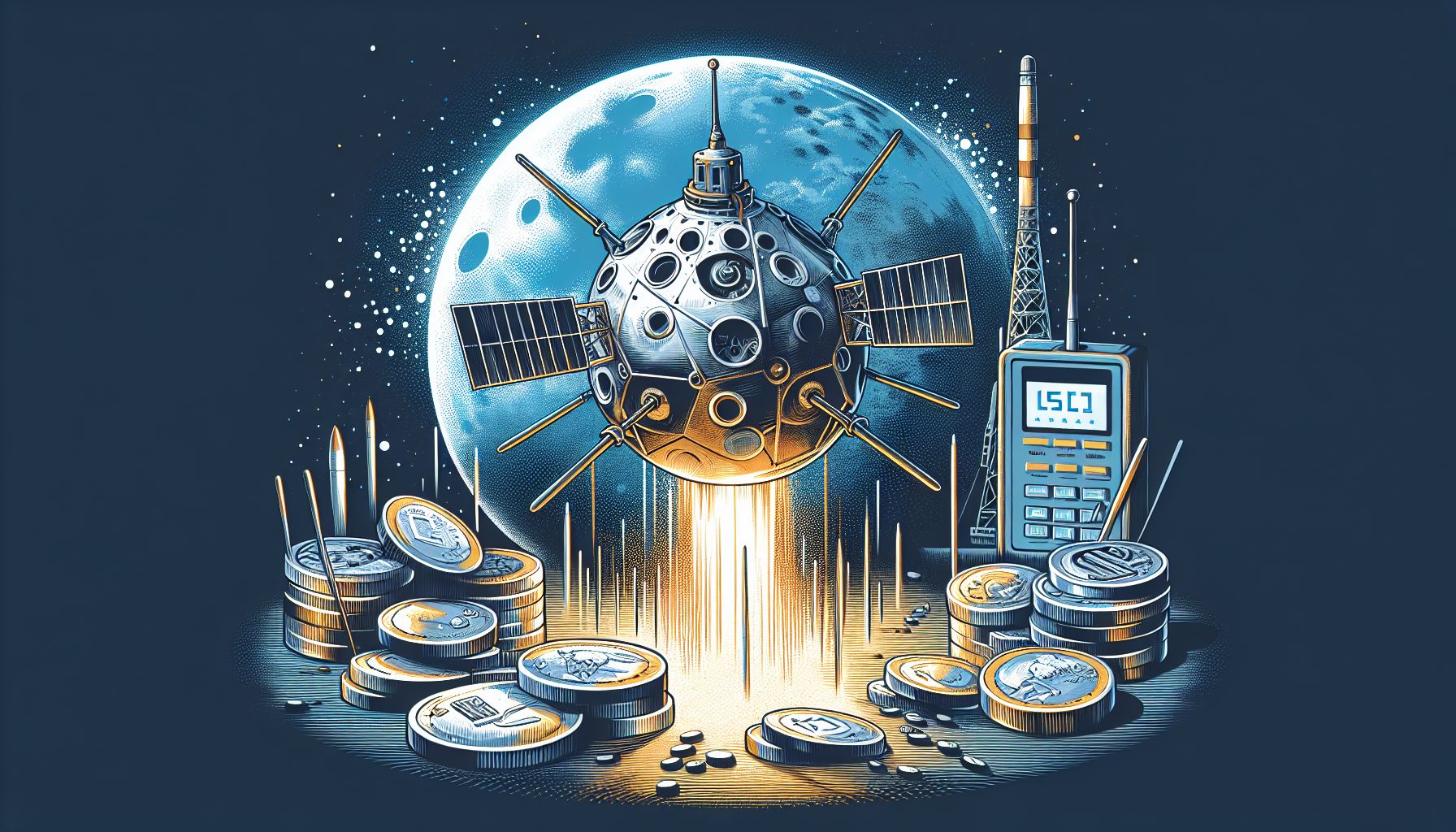📌 Let’s explore the topic in depth and see what insights we can uncover.
⚡ “Space travel, meet venture capital. Discover how the launch of a tiny Soviet sphere called Sputnik not just triggered the Space Race, but redrew the landscape of tech funding forever.”
The launch of Sputnik 1 on October 4, 1957, was a significant milestone in the history of space exploration. But it wasn’t just a triumph of science and engineering. The impact of this event rippled through various aspects of society and, notably, had a profound influence on the financing of technology. In this article, we’ll dive into the rich history of Sputnik, explore how its launch shaped tech funding, and look at the lasting effects of this momentous event.
🚀 The Dawn of a Space Age: The Launch of Sputnik

Sputnik's Launch: Igniting Flames of Tech Funding
October 4, 1957, marked the beginning of a new era in human history. On this day, Sputnik 1, the world’s first artificial satellite, was launched into space by the Soviet Union. This small, beeping sphere, about the size of a beach ball, paved the way for countless advancements in technology and scientific research. The launch of Sputnik 1 wasn’t just a technological feat—it was a demonstration of the immense possibilities of human innovation. The satellite orbited Earth for three weeks before its batteries died, then silently for two more months before falling back into the atmosphere. But the impact of its short existence was far-reaching.
💡 How Sputnik Transformed Tech Funding
Before the launch of Sputnik, funding for technology and scientific research was relatively limited. The event served as a wake-up call, causing a drastic shift in the mindset around technology investment. The launch of Sputnik sparked what is known as the Sputnik Moment, a period of intense technological and scientific advancement fueled by increased investment. The United States, feeling the pressure of the Space Race, funneled significant resources into research and development. This led to the creation of the National Aeronautics and Space Administration (NASA) and the Defense Advanced Research Projects Agency (DARPA). Government funding in scientific and technological research skyrocketed. This influx of capital led to countless technological advancements, including the development of the internet. Without the Sputnik launch, the technological landscape we know today might look very different.
🌐 The Birth of the Internet and the Tech Boom
DARPA, a direct response to Sputnik’s launch, played a crucial role in the creation of the internet. The agency funded the development of the Advanced Research Projects Agency Network (ARPANET), the precursor to the internet. This was a landmark event in the history of technology, catalyzing the digital revolution that followed. The Sputnik-inspired funding boom also contributed to the creation of Silicon Valley, the tech capital of the world. The increased flow of capital into technology led to the growth of tech startups and the establishment of venture capital (VC) firms. The tech boom was in full swing. The ripple effect of Sputnik’s launch is still felt today. The event spurred a culture of innovation and risk-taking, fueling the growth of the tech industry. From smartphones to social media, many of the technologies we use daily can be traced back, in some way, to the Sputnik launch in 1957.
🔬 The Influence on Education and Research
Sputnik’s launch not only influenced tech funding but also had a profound impact on education and research. Post-Sputnik, there was a surge in science, technology, engineering, and mathematics (STEM) education, driven by the need to produce a new generation of scientists and engineers. Funding for scientific research also saw a significant boost. The National Science Foundation (NSF), for example, saw its budget increase dramatically in the years following Sputnik’s launch. This led to advancements in various fields of science, from physics to computer science. Today, the emphasis on STEM education and the funding for scientific research remain strong, a testament to the enduring effects of the Sputnik Moment.
🧭 Conclusion
The launch of Sputnik 1 in 1957 was more than just the start of the space age. It was a pivotal moment that triggered a cascade of advancements in technology, education, and scientific research. The event spurred a dramatic increase in tech funding, leading to the creation of the internet, the establishment of Silicon Valley, and a renewed focus on STEM education. The influence of Sputnik’s launch is still felt today, more than six decades later. It serves as a reminder of the power of technological innovation and the importance of investing in science and technology. It wasn’t just a satellite; it was a catalyst for change, a beacon of progress, and a symbol of human potential. 🌍🚀💡
🚀 Curious about the future? Stick around for more discoveries ahead!
